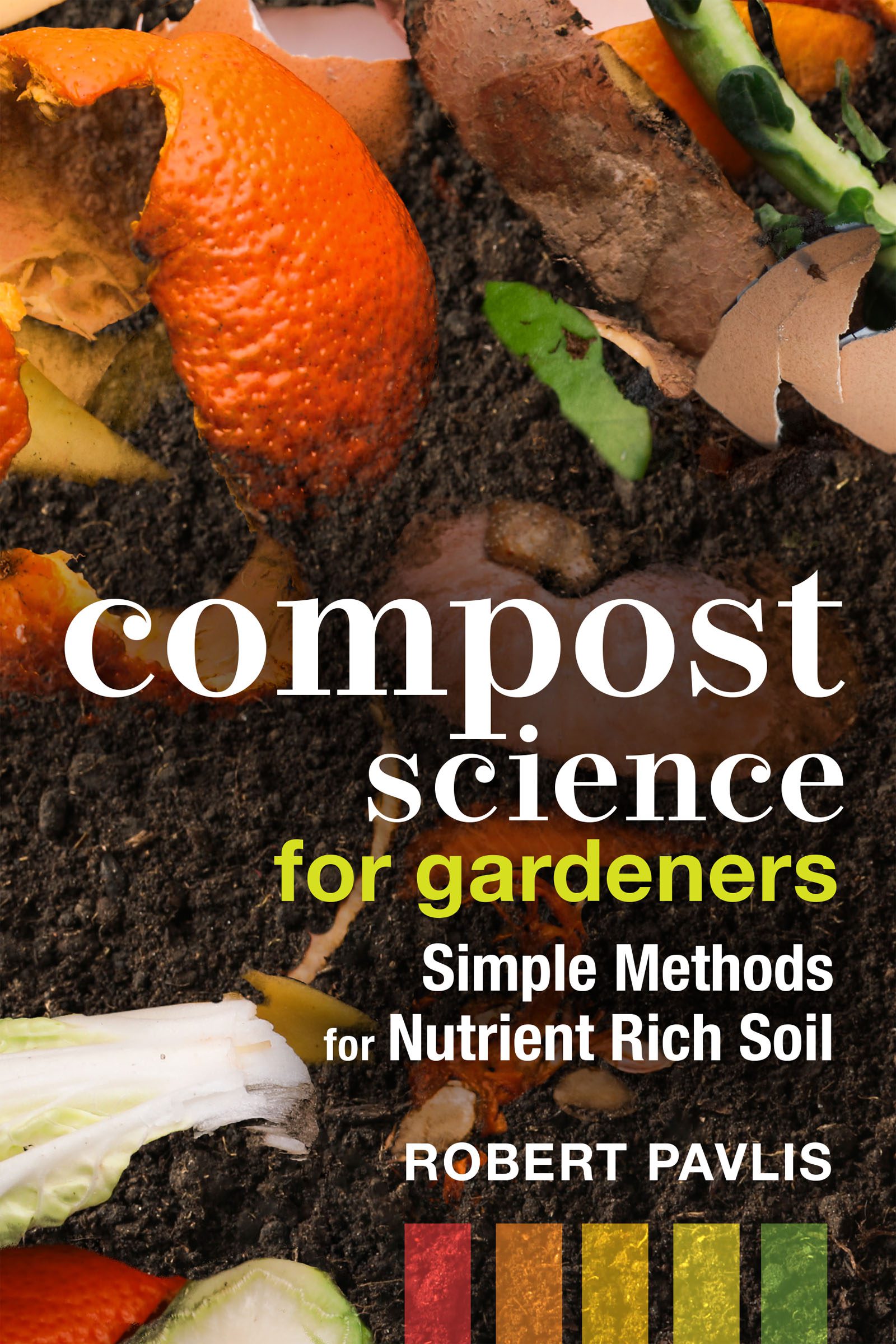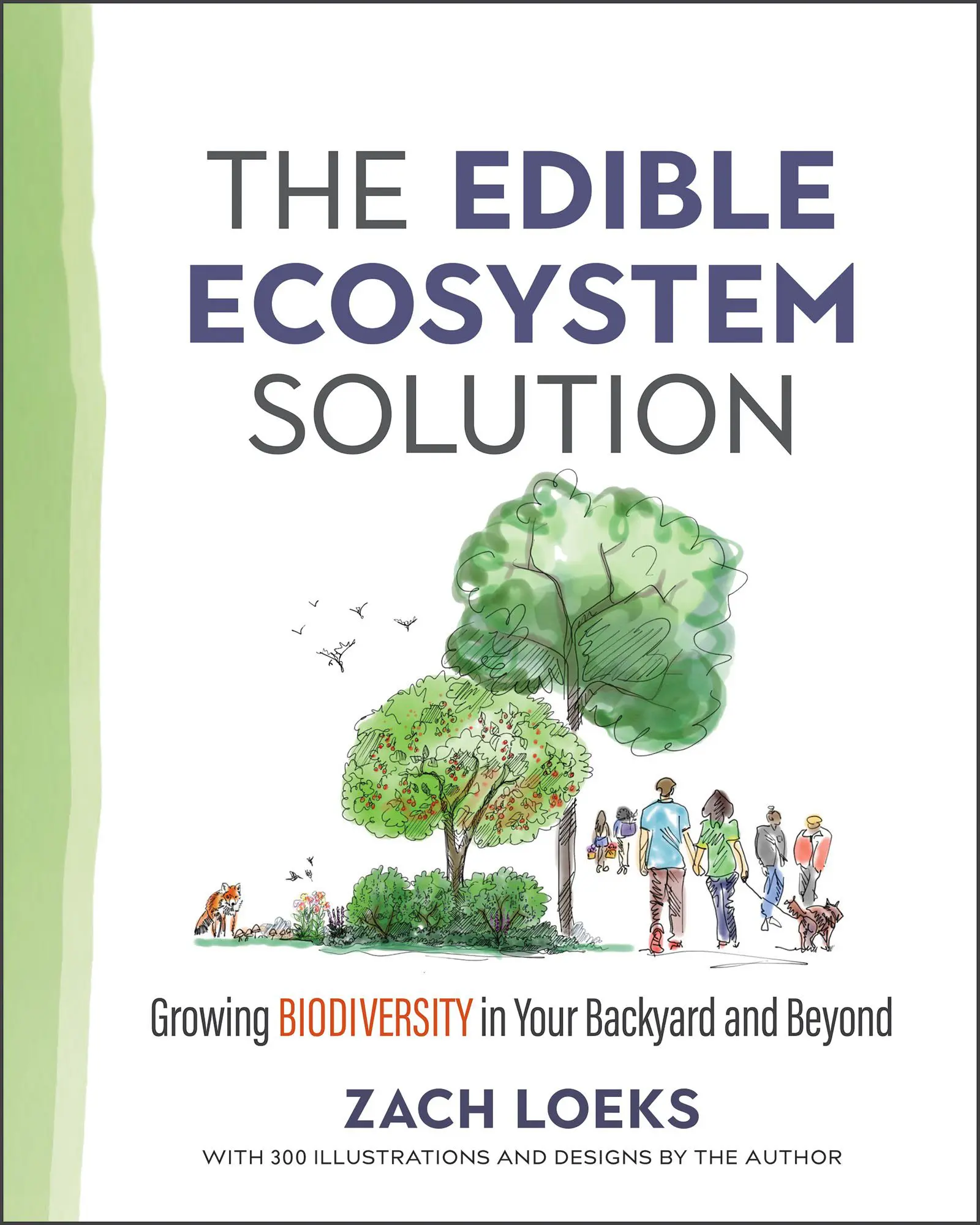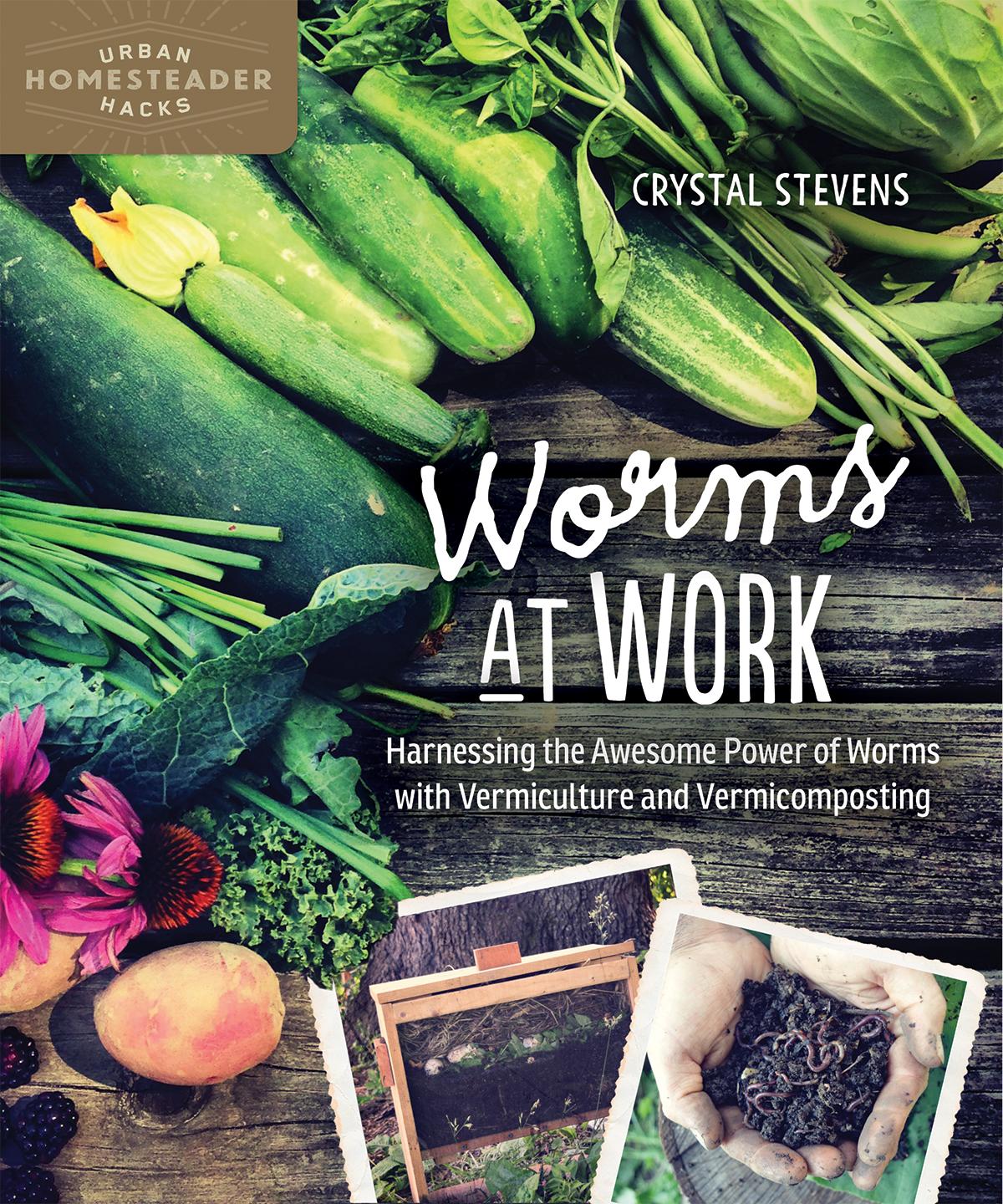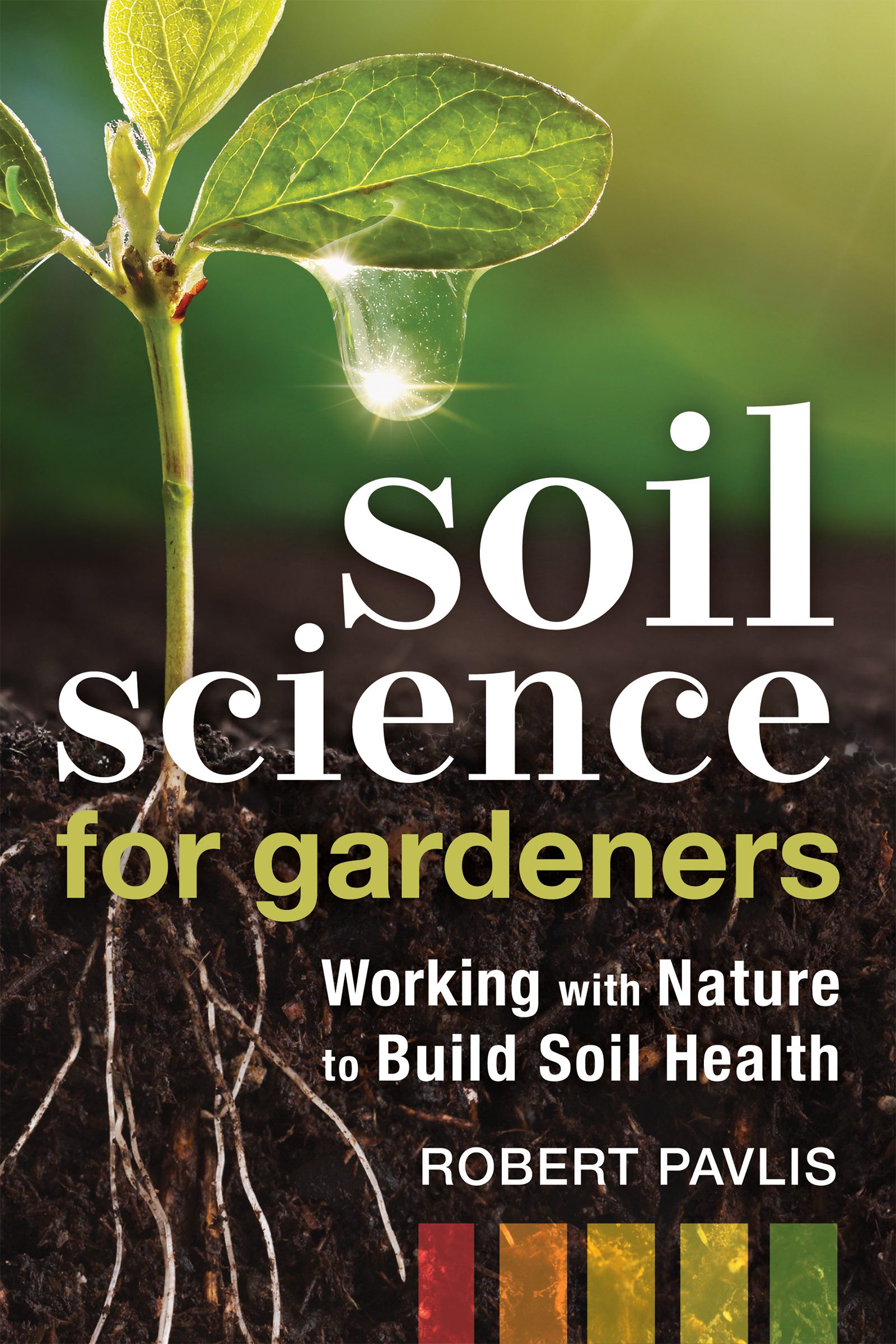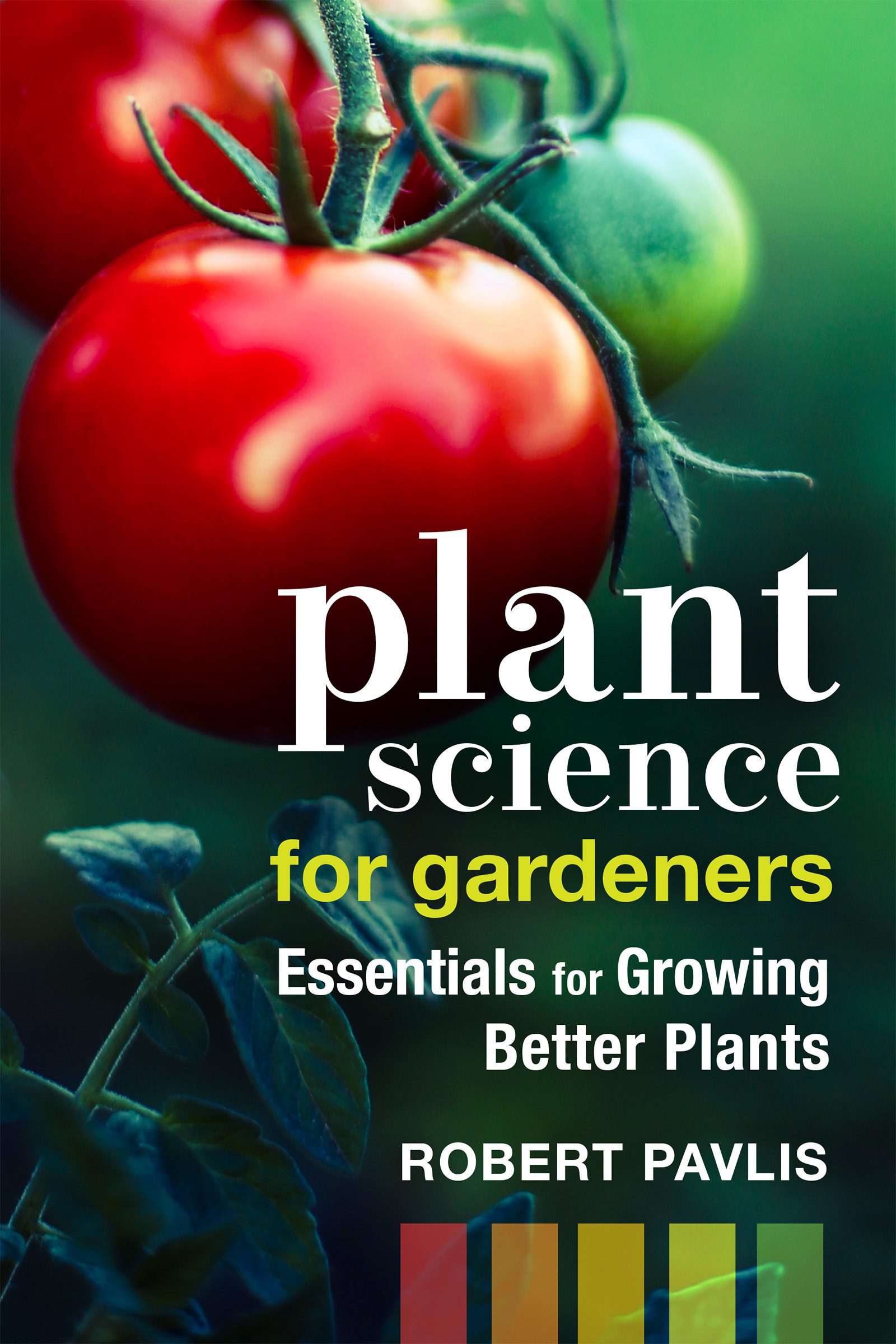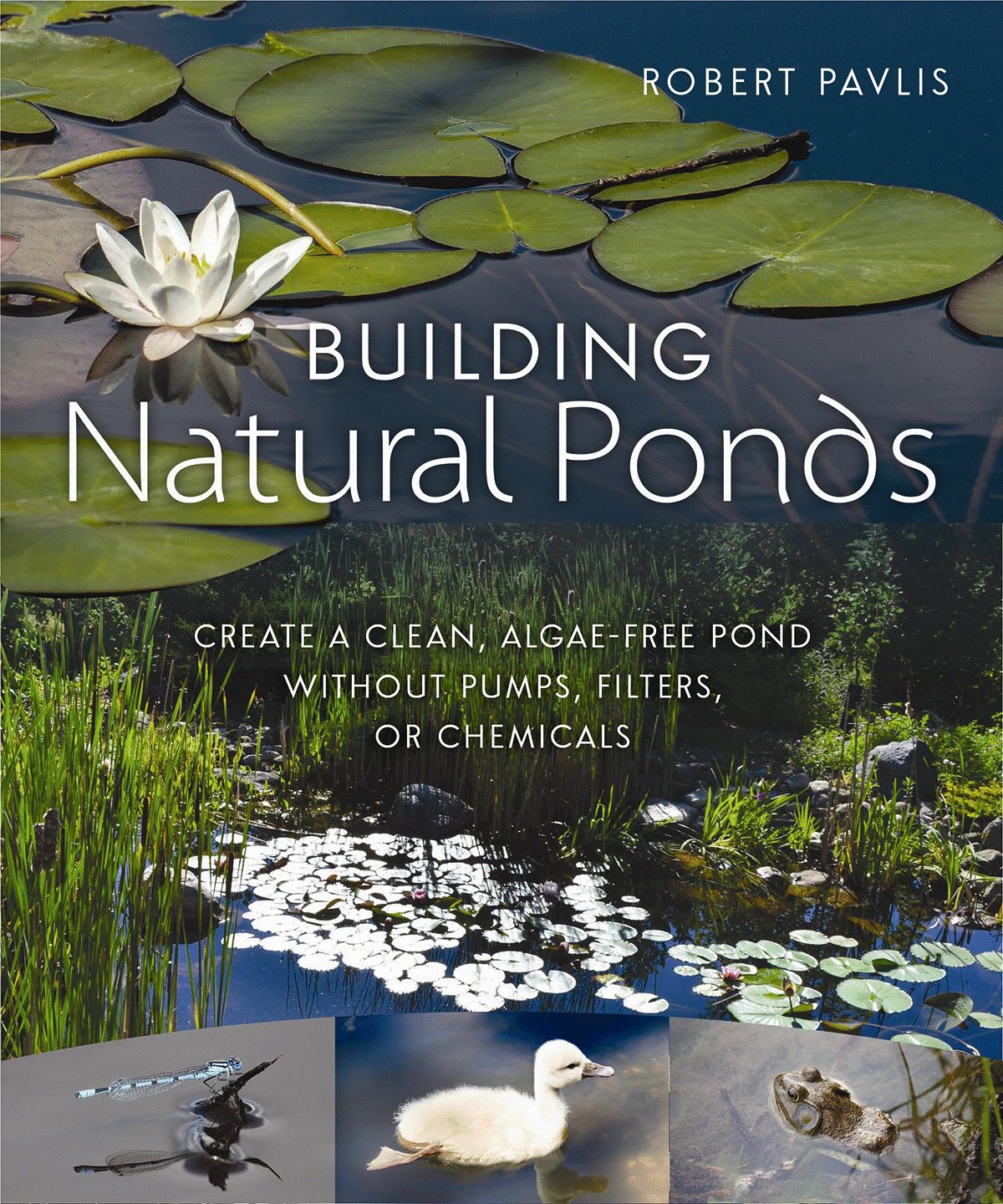
In Compost Science for Gardeners, author Robert Pavlis offers a science-based approach to help home gardeners choose the best method for their situation. For today’s blog, Robert looks at the climate benefits of home composting. Does composting create CO2? The short answer is yes, but composting correctly ensures that the majority of that CO2 isn’t released into the air.
Does Composting Produce CO2?
The simple answer is yes. It actually produces quite a bit of CO2 and we all know that contributes to global warming.
The composting process is a microbial process. The microbes “eat” the organic matter and in the process they produce CO2 just like all animals. When we eat, we also produce CO2.
Where does the carbon in CO2 come from?
All the material that goes into compost is plant based. That is obvious for things like potato peels or yard waste, but even manure is nothing more than partially digested plant material. All of the carbon in plants came from the air. Plants take in CO2 and sunlight and produce compounds like sugars through photosynthesis. When those carbon molecules are eventually composted the majority of that CO2 is released back into the air.
Backyard composting releases about 70% of the carbon and more will be released as the organic matter is fully decomposed in the soil.
The important point here is that some of the carbon ends up as soil humus. If you think of the complete cycle, from air to plants and back to air, the process reduces the CO2 level in air while increasing the carbon level in soil. So composting is actually an eco-friendly process, provided it is done correctly.
Does Composting Produce Methane?
Methane is another greenhouse gas but it is about 30 times worse for global warming than CO2. When organic matter breaks down, the carbon can produce either CO2 or methane (CH4). From a global warming perspective it is critical that composting is done so that it produces as little methane as possible.
In general CO2 is produced when composting takes place in an oxygen rich environment (aerobic decomposition) and methane is produced in a low oxygen environment (anaerobic).
Dropping a banana peel on the ground results in aerobic decomposition and produces CO2. A traditional compost pile is designed to allow lots of air into the pile and it is turned periodically. If done properly it also produces CO2. However a plie that is not made correctly or is not turned enough will start producing methane.
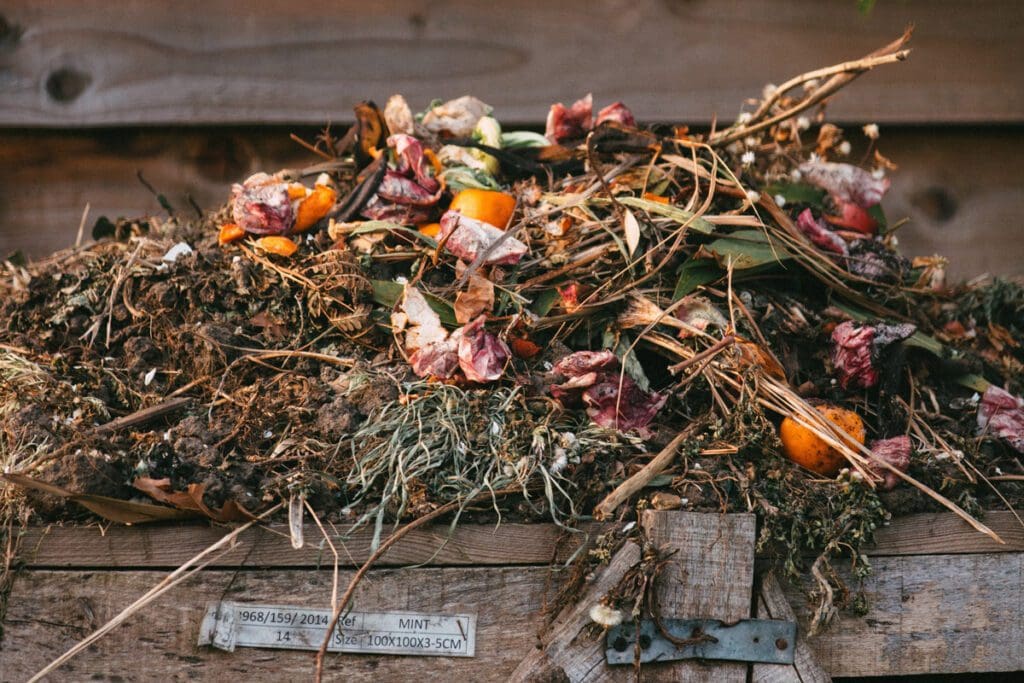
Methane From Landfill Sites
When organic matter is taken to a landfill site it is covered with all kinds of other garbage and then it’s compacted to reduce space. This creates an anaerobic condition and the decomposing organic matter produces mostly methane. From an ecological perspective, this is the worse composting method and should be avoided at all costs.
Which Composting Method is Best?
You can answer this question from different points of view; cost, space requirement, type of input material, time involved, quality of the compost etc. This is discussed in detail in my book Compost Science for Gardeners. In this post I would like to focus on the environmental perspective.
Piles, Bins and Tumblers
Piles and bins refer to the more traditional composting methods where you simply pile up the material or layer it in a bin. Commercial tumblers are also becoming popular.
These composting methods produce fairly low amounts of methane provided that they are made with the right carbon to nitrogen ratio, the right moisture levels are maintained and they are provided with enough oxygen.
You might have heard about using the right ratio of browns and greens but that is mostly a myth. Color is not really a factor. What is important is the ratio of carbon to nitrogen. With a ratio of 30:1 composting produces very little methane. My book will show you some simple ways to get the correct ratio.
Piles need to be designed with sides that let in a lot of air or they need turned from time to time to keep them aerobic. This is one advantage of tumblers that are designed to make turning easy.
Provided this type of composting is done correctly it produces very little methane.
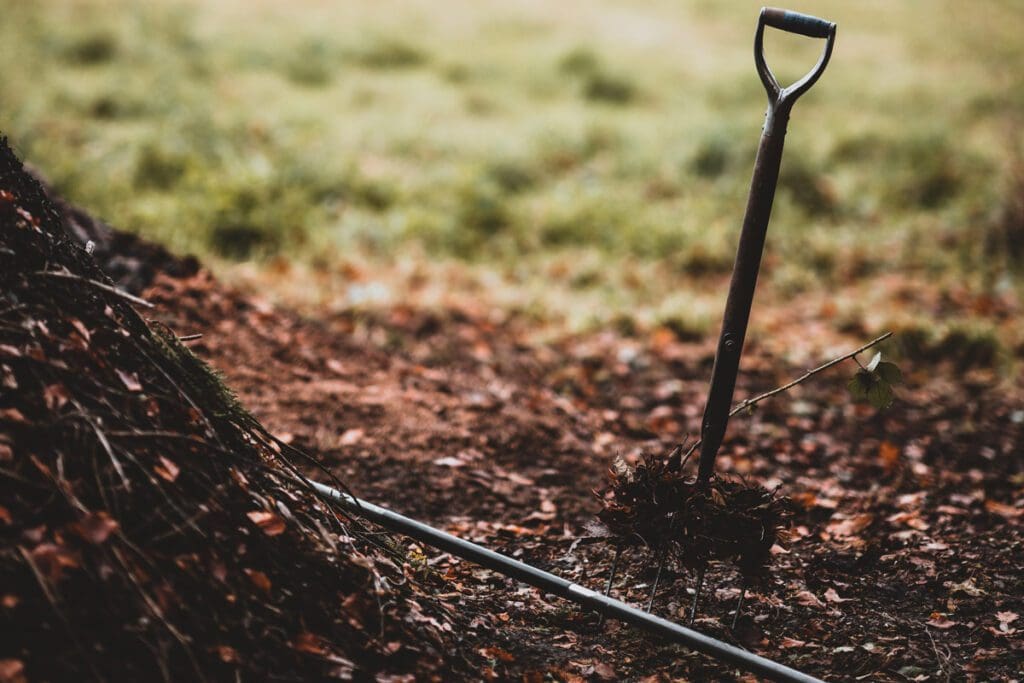
Cold vs Hot Composting
Cold composting is normally done by simply piling things up and waiting for composting to happen. The method is commonly used for piles of leaves. This type of composting is easy to do, but it does produce more methane and nitrous oxide due to anaerobic conditions. Hot composting is better.
Vermicomposting
There are a lot of myths about vermicomposting and the main one is that this is not a composting method. When worms produce casts – worm poop – very little composting has taken place. The worms essentially grind up the organic matter and mix it with a lot of microbes. Almost all of the composting starts after the material exits the worm.
In 2007 newspaper articles reported on a new study with headings like “Worms are Killing the Planet”. Worms produce nitrous oxide which is another greenhouse gas that is far worse than CO2. More recent studies on this have shown that vermicomposting may actually produce fewer greenhouse gasses than traditional composting.
Since worms don’t do much composting, a lot depends on how the vermicompost is processed and used after harvesting. It produces fewer greenhouse gasses when used as a mulch than if it is buried in soil.
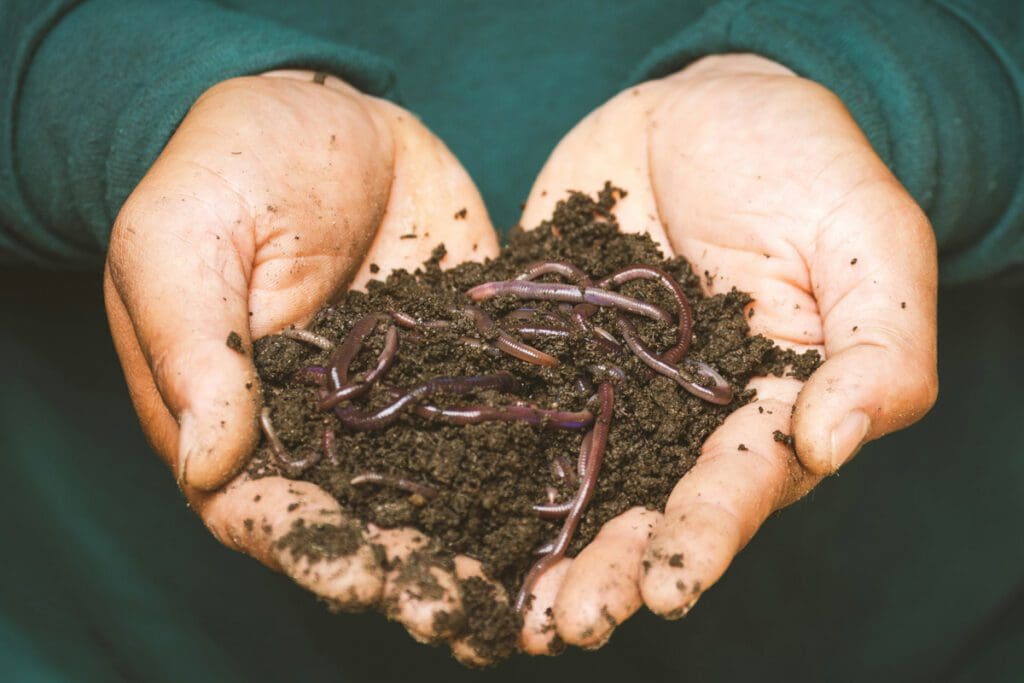
Bokashi
Bokashi is anaerobic but it is not a composting process. Composting starts after the material is put in the garden so the amount of greenhouse gases produced depends very much on what is done when bokashi is complete. It is best used as a much. Buried material is not as good for the environment.
Municipal Composting
Municipal composting is a fairly efficient aerobic process. Many facilities that use sealed chambers capture any methane produced and use it as fuel in the facility. This is a much better option than landfill but it does have the added environmental cost of transporting the organic material to the facility and then to a location that can use the finished compost.
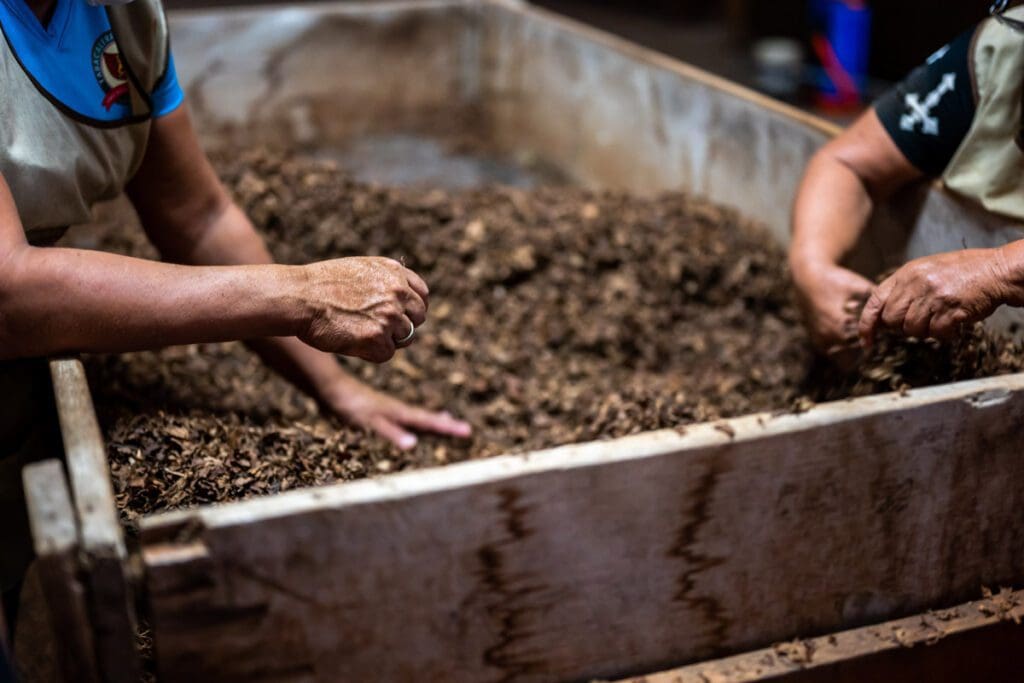
Is Composting Good for the Environment?
Neither humans nor nature can stop producing plant material and this creates waste organic matter. It needs to decompose somehow. Nature composts a lot of this material using the cut and drop method where material just decomposes where it falls and this is a great method in our gardens as well. Hot composting is also a good option. Vermicomposting might be the best option for the environment.
Any form of composting is better than sending the material to landfill. The best option is to compost it and use it in your own backyard. If you can’t do that, try to give it to someone who will. Try not to have it trucked around the country. Get the finished compost into the soil where it will build up over time.
For more information about Compost Science for Gardeners or to browse more great New Society Publishers titles on gardening, climate change, and more, visit us at www.newsociety.com.


